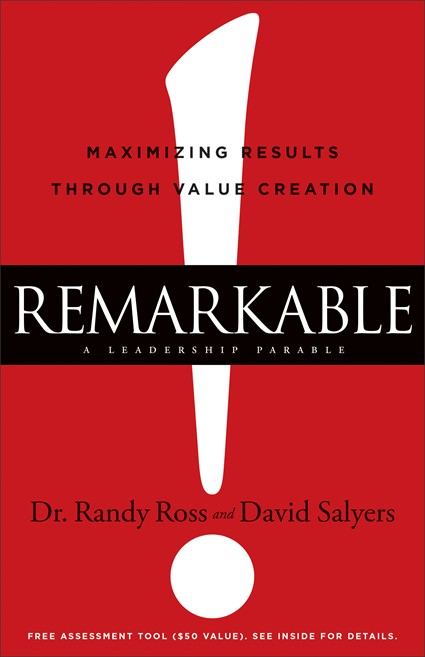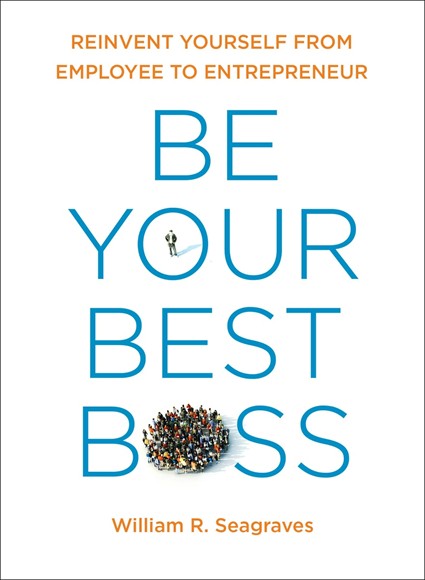Collaborative Decision Making for Successful Implementations
I’ve read that there are leaders and project managers who prefer not to collaborate, when engaging in an initiative, because of needs for control. And decision makers who start their information gathering before fully involving those who will implement. What sort of success is possible when one source is driving change and
- may potentially sabotage a project because of their own biases,
- restricts outcomes and creativity to a specific set of possibilities,
- potentially gathers biased or insufficient data from a restricted set of sources,
- risks alienating those involved with the ultimate fulfillment because there’s insufficient buy-in?
Without:
* real collaboration * gathering data from the best set of sources * consensus and buy-in procedures in place * understanding the full impact from a proposed decision * front-loading for change management (to avoid failed implementations)
we risk falling far short of excellence in our decision making and subsequent execution.
Why Collaboration is Necessary
To ensure the best data is available to make decisions with, to ensure all risk issues managed, to ensure consensus throughout the process, we must have these questions in mind:
- How will we share, collect, and decide on the most appropriate ideas, choices, and alternatives? How will we know we are working with the most relevant data set?
- How can a leader avoid prejudicing the process with her own biases?
- How are collaborators chosen to ensure maximum representation? Are some stakeholders either absent or silent? How can we increase participation?
- How can we recognize if we’re on the path to either a successful outcome, or the route that sabotages excellence? What markers should we be looking for along the way?
Let me define a few terms (albeit with my own bias):
- Collaboration: when all parties who will be involved in a final solution have a say in an outcome:
- to offer and share ideas and concerns to discover creative solutions agreeable to all;
- to identify and discern the most appropriate data to enable the best outcome.
- Decision making:
- weighting, choosing, and choosing from, the most appropriate range of possibilities whose parameters are agreed to by those involved;
- understanding and agreeing to a set of variables or decision values.
I’ve read that distinctions exist between ‘high collaboration’ (a focus on “understanding needs or managing an implementation”) and ‘low collaboration’ (defined as “putting time or control before people and possibility”, and leading from the top with prepared rules and plans). Since I don’t believe in any sort of top-down initiative (i.e. ‘low collaboration’) except when keeping a child safe, and believe there are systems issues that must be taken into consideration, here’s my rule of thumb: Collaboration is necessary early in the process to achieve accurate data identification and consensus for any sort of implementation, decision, project, purchase, or plan that requests people to take actions not currently employed.
The Steps of Collaboration
Here are the steps to excellence in collaborative decision making as I see them:
- Assemble all representative stakeholders to begin discussions. Invite all folks who will be affected by the proposed change, not just those you see as obvious. To avoid resistance, have the largest canvas from which to gather data and inform thinking, and enhance the probability of a successful implementation, the right people must be part of the project from the beginning. An international team of Decision Scientists at a global oil company recently told me that while their weighted decisions are ‘accurate,’ the Implementation Team has a success rate of 3%. “It’s not our job. We hand them over good data. But we’re not part of the implementation team. We hear about their failures later.”
- Get buy-in for the goal. Without buy-in we lose possibility, creativity, time, and ideas that only those on the ground would understand. Consensus is vital for all who will touch the solution (even if a representative of a larger group lends their voice) or some who seem on board may end up disaffected and unconsciously sabotage the process later.
- Establish all system specifics. What will change? Who will manage it? What levels of participation, disruption, job alterations, etc. will occur and how it be handled? What are the risks? And how will you know the best decision factors to manage all this? It’s vital to meld this knowledge into the decision making process right up front.
- Specify stages to monitor process and problems. By now you’ll have a good idea of the pluses and minuses. Make a plan that specifies the outcomes and probable fallout from each stage and publish it for feedback. Otherwise, you won’t know if or where you’ve gone wrong until too late.
- Announce the issues publically. Publish the high-level goal, the possible change issues and what would be effected, and the potential outcomes/fallout. Make sure it’s transparent, and you’re managing expectations well in advance. This will uncover folks you might have missed (for information gathering and buy-in), new ideas you hadn’t considered, and resisters.
- Time. Give everyone time to discuss, think, consider personal options, and speak with colleagues and bosses. Create an idea collection process – maybe an online community board where voices are expressed – that gets reports back to the stakeholder team.
- Stakeholder’s planning meeting. By now you’ll know who and what must be included. Make sure to include resisters – they bring interesting ideas and thinking that others haven’t considered. It’s been proven that even resisters are more compliant when they feel heard.
- Meet to vote on final plans. Include steps for each stage of change, and agree on handling opposition and disruption.
- Decision team to begin gathering data. Now that the full set of decision issues and people/ideas/outcomes are recognized and agreed to, the Decision Making team is good to go. They’ll end up with a solid data set that will address the optimal solution that will be implemented without resistance.
- Have meetings at each specified stage during implementations. Include folks on the ground to weigh in.
These suggestions may take more time upfront. But what good is a ‘good decision’ if it can’t be implemented? And what is the cost of a failed implementation? I recently heard of a hospital that researched ‘the best’ 3D printer but omitted the implementation steps above. For two years it sat like a piece of art without any consensus in place as to who would use it or how/when, etc. By the time they created rules and procedures the printer was obsolete. I bet they would have preferred to spend more time following the steps above.
Here’s the question: What would stop you from following an inclusive collaboration process to get the best decisions made and the consensus necessary for any major change? As part of your answer, take into account the costs of not collaborating. And then do the math.
About the Author

and Dirty Little Secrets: Why buyers can’t buy and sellers can’t sell and what you can do about it
.
To contact Sharon Drew at [email protected] or go to www.didihearyou.com to choose your favorite digital site to download your free book.

 Ritch K. Eich is the former Chief of Public Affairs for Blue Shield of CA and is a Captain, U.S. Naval Reserve (Ret.). He is the author of three books:
Ritch K. Eich is the former Chief of Public Affairs for Blue Shield of CA and is a Captain, U.S. Naval Reserve (Ret.). He is the author of three books:  “The sweetest sound to anyone’s ears is the sounds of his own name.”
“The sweetest sound to anyone’s ears is the sounds of his own name.”
 It has been said that powerful questions can steer any conversation away from problems and personalities and move them toward meaningful solutions. Powerful questions evoke insight, stir creativity, inspire collaboration and help craft a culture of accountability.
It has been said that powerful questions can steer any conversation away from problems and personalities and move them toward meaningful solutions. Powerful questions evoke insight, stir creativity, inspire collaboration and help craft a culture of accountability. Dr. Randy Ross is founder and CEO (Chief Enthusiasm Officer) of
Dr. Randy Ross is founder and CEO (Chief Enthusiasm Officer) of  The good news is that this phase won’t last long and the lessons you learn from the experience will prove to be extremely beneficial for the rest of your business ownership journey. It’s important to keep in mind that just because you’re in business for yourself, doesn’t mean you have to be by yourself. In fact, it’s quite the opposite. In order to have a positive experience and get optimal results, you need to choose wisely whom you will surround yourself with.
The good news is that this phase won’t last long and the lessons you learn from the experience will prove to be extremely beneficial for the rest of your business ownership journey. It’s important to keep in mind that just because you’re in business for yourself, doesn’t mean you have to be by yourself. In fact, it’s quite the opposite. In order to have a positive experience and get optimal results, you need to choose wisely whom you will surround yourself with.  William (Bill) R. Seagraves, president and founder of CatchFire Funding, is the author of
William (Bill) R. Seagraves, president and founder of CatchFire Funding, is the author of